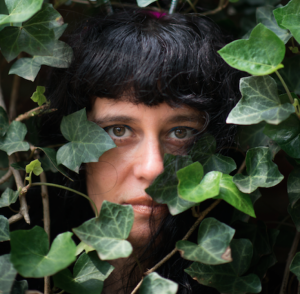Nicole Bindler
1997
2004

I'm a dance-maker, writer, activist, CI teacher, and BMC® practitioner. I live in Philadelphia and travel about one third of the year as a freelance teacher/artist. Here is some of my current CI-related research/teaching material...
Blood, Sea
This contact improvisation workshop explores polarities and spirals through an experiential study of the embryology of blood.
Contact Improvisation and Consent
This class offers tools to facilitate communication and listening around consent within our CI dances, with an emphasis on those from dominant populations dialing up their listening, rather than putting the onus on those from marginalized populations to have to hone their ability to say "no."
Matching Tone/Matching Power
When we look at the idea of tone through an embodied lens, we find a wealth of knowledge and material to use in our CI practice toward more dynamic, juicy, relational dances. When we look at these principles through a social lens, we find opportunities to look at power dynamics, and any biases we might have toward certain kinds of tone.
Beyond Sex: consent as liberation
This talk offers an intersectional approach to cultivating a strong consent culture within CI spaces by addressing the ways that everyone––but particularly those who come from marginalized populations––has a need for bodily autonomy and freedom of movement.
Disability Justice in Contact Improvisation
This talk briefly covers visible and invisible disabilities, accommodation needs, how ableism intersects with other marginalized identities, and how to create more accessible contact improvisation spaces.
Spiritual Bypassing: an embodied and intersectional perspective
Spiritual bypassing, a term coined by Buddhist Psychologist, John Welwood, addresses the ways that spiritual (and healing) practices can sometimes be used to avoid challenging relationship dynamics or obfuscate a community’s biases and inequity. This talk outlines the ways this phenomenon shows up in contact improvisation spaces, and how to address it.